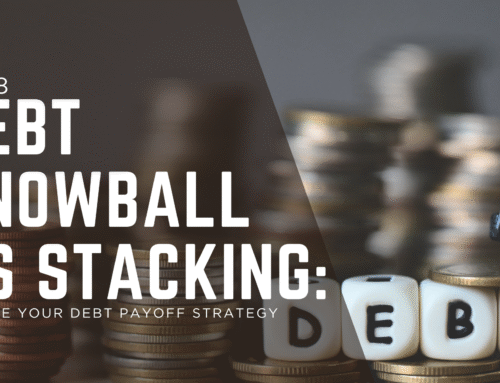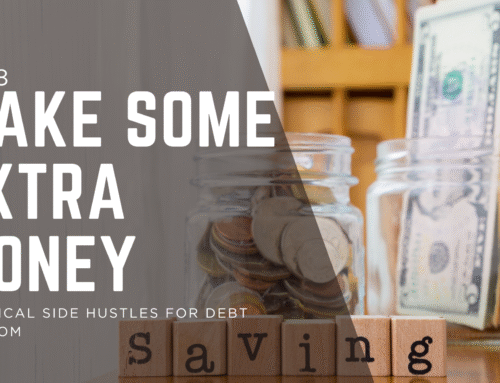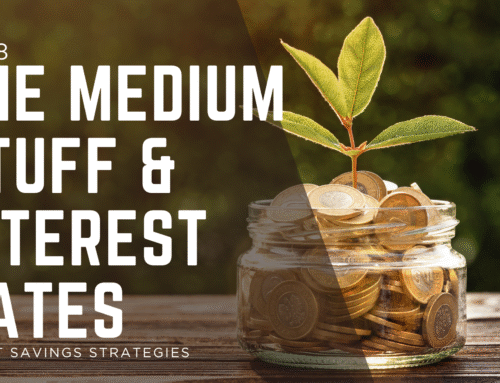
💰 This Week: Practical Budgeting Fundamentals
Learn exactly how to create and maintain a budget that works for your real life, not just in theory. This is where financial transformation begins.
Step 1: The Basic Cash Flow Question
📊 The Foundation: Income vs. Expenses
Is what’s coming in more than what is going out? How much is left over at the end of each month? You’ll have at least that amount to start paying off debt.
💰 Money Coming IN
Sources:
- Salary/Wages
- Side Hustles
- Investment Income
- Other Income
💸 Money Going OUT
Categories:
- Housing
- Transportation
- Food
- Debt Payments
- Utilities
- Other Expenses
🎯 Positive Cash Flow Situation
We want to make that number higher and we will, but it’s good to see we at least have some extra money after expenses.
🚨 Negative Cash Flow Situation
What if there is more going out than coming in? We’re going to fix that. That can happen when you start relying on credit cards and is probably at least part of the reason you’re in debt.
Step 2: Smart Credit Card Strategy
💳 Using Credit Cards Wisely
Yes you can charge things on your credit card, so you still continue to add up those miles, points, or cash back dollars, but transfer the amount of each transaction from your account to immediately pay off the amount you just charged to your credit card.
🔄 The Immediate Payoff Method
- Make purchase on credit card (for points/miles)
- Immediately transfer same amount from checking to credit card
- Result: You get rewards without carrying a balance
- Benefit: Never pay interest on everyday purchases
Step 3: Track Your Budget Realistically
📝 Your Budget Tracking System
Start with Minimum Debt PaymentsFor the time being, the only budget in the minimum payments on your debts, the amount you’ve (hopefully) already been paying. If you haven’t been paying even the minimums, budget those amounts in now.
Include Non-Essentials (Be Realistic)Also budget some money for non-essentials like going out to dinner or a movie, a few drinks at happy hour.
The Human Factor: Allow for LifeYes, your debt is an emergency, and if you were a robot, you would throw every dollar that wasn’t meant as an essential expense at it.
But we aren’t robots, and most humans can’t deprive themselves entirely for long stretches without going off the edge.
The Weight Loss AnalogyGetting out of debt is like losing weight in that way. If you never allow any wiggle room for yourself, you can’t stick to the programme. So let some money in your budget for non-essentials.
📋 Sample Monthly Budget Template
Amount
$3,500
$500
$4,000
Amount
$1,200
$300
$400
$350
$400
$200
$2,850
$1,150
Step 4: Don’t Let It Happen Again
🛡️ The Lifestyle Change
Now that you know how much is coming in and going out, make sure you live below your means.
⚠️ The Credit Card Trap
Remember: Using credit cards to cover monthly shortfalls is what got you into debt. Your budget ensures this doesn’t happen again.
Step 5: Make Your Plan & Check Weekly
📅 Weekly Budget Check-ins
You know how much is coming in and going out. You’ve reduced some of your expenses, and you have some extra money coming in. Check it every week to see how much you have left to spend in each category.
📱 Budget Tracking Tools
- Spreadsheets: Google Sheets or Excel for custom tracking
- Budgeting Apps: Mint, YNAB, EveryDollar for automated tracking
- Envelope System: Cash in physical envelopes for each category
- Notebook: Simple pen and paper for daily tracking
Step 6: Strategic Debt Payoff Planning
🎯 Beyond Minimum Payments
In our original budget, we only set aside the minimum on all of our debts. We need to work out a plan to get them paid. You can’t efficiently pay off debts by throwing money randomly at the balances.
📈 Your Debt Payoff Potential
Monthly Surplus: $1,150
Minimum Debt Payments: $400/month
Additional Debt Payments: $1,150/month
Total Debt Payments: $1,550/month
This strategic approach can cut your debt payoff time by 60-80%!
⛄ Coming Next Week: Snowballing and Stacking
Stay tuned as we explore the two most effective debt payoff strategies: debt snowballing and debt stacking. Learn which method works best for your situation and personality.
🎉 You’re Now Budgeting!
Congratulations! You’ve taken the most important step in financial management. You now have a clear picture of your money and a plan to direct it toward your goals.
“A wealthy person is simply someone who has learned how to make money when they’re not working.” – Robert Kiyosaki
📚 Continue Your Financial Journey
Ready for the next step? Review our previous articles on Making Extra Money.







